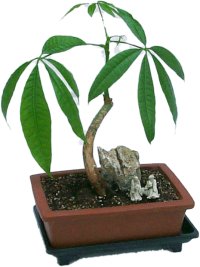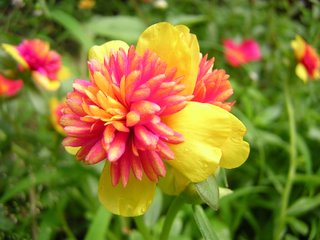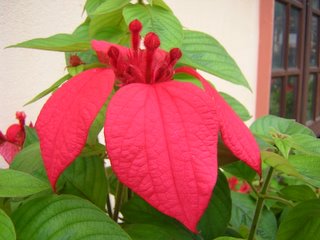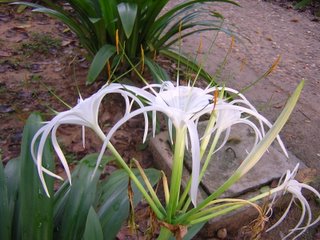Morning Glory (Ipomoea indica )
 |
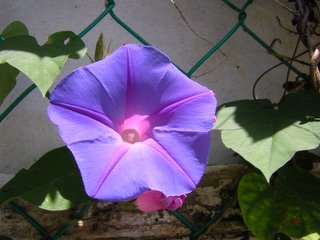
Can anyone help to identify this flower?
Added 6th December 2005
Corrections being made to the name of this flower. It should be a Ipomoea indica instead of Ipomoea Violacea.
Quoted from Rosemarie:
The blue with pink throat is typical of it. The leaves are variable, having heart-shaped to 3-lobed foliage.
For full details, please visit
morning glory that occurs throughout the tropics. The beauty of its flowers led horticulturalists to breed many new varieties, often with flowers showing striking patterns of bright colors, and bearing equally vivid names: Heavenly Blues, Flying Saucers, Pearly Gates and so on. These names proved eerily appropriate decades after they were invented, when the discovery of ergoline alkaloids similar to LSD in the seeds led to widespread experimentation and a massive surge in demand. In fact, the seeds had been used for centuries by many Mexican cultures, and were known to the Aztecs as tlitliltzin.
Info Extracted from http://www.answers.com/topic/ipomoea-violacea
